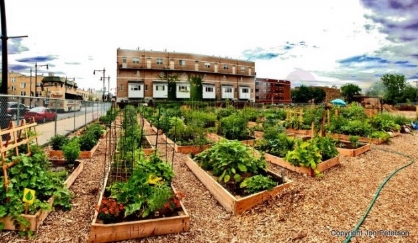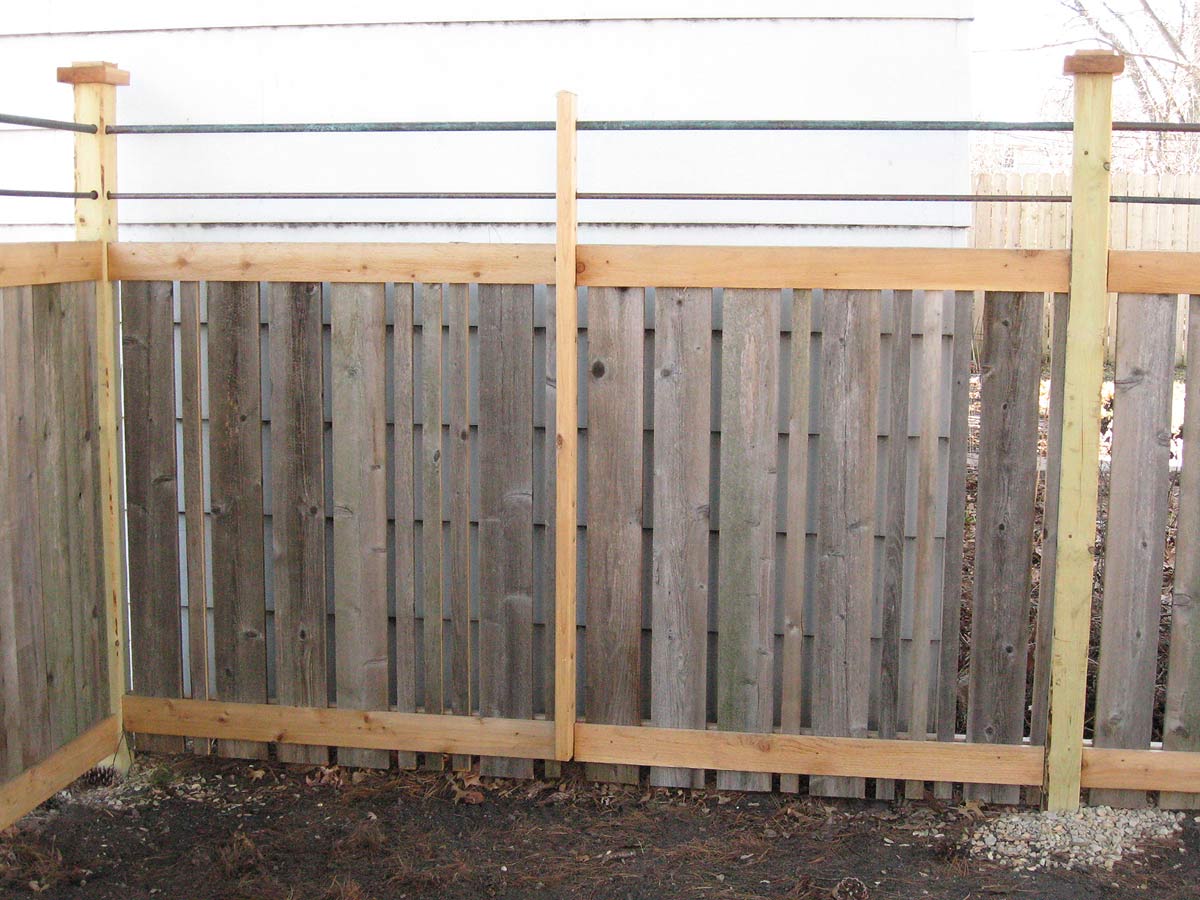5 Tips for successful raised bed gardening
By divinaramirez // 2021-10-17
Tweet
Share
Copy

Raised garden beds are above-ground structures designed for growing plants. Often made from wood or stone, raised beds are both practical and economical. For starters, they allow you to grow more food in less space, tailor the soil exactly to your needs and control weed growth, all while reducing the need to stoop down.
The practice of using raised beds is known as raised bed gardening, and it's typically favored by gardeners who are working with limited space, such as those living in urban areas.
Read on to learn about the benefits of raised bed gardening, as well as tips on how to start one. (h/t to CommonSenseHome.com)
Benefits of raised garden beds
If you've ever tried gardening, then you know that it can be tedious and grueling. Gardening involves weeding, tilling and watering, among other monotonous tasks. There's also the task of prepping the soil before growing anything, which can be extremely difficult in itself. Many gardeners are switching to raised bed gardening, mainly because it works even if your soil is hard or has poor drainage. Working in raised garden beds also means you only really need to add mulch, compost or fertilizer where you need them. The soil in raised beds also dries out and warms up quickly in the spring, meaning you can sow seeds earlier in the growing season. There's also less soil erosion in raised beds. With raised garden beds, you don't have to worry about compacting the soil with your feet. Tending your garden is also easier on your back if you have raised beds because you won't have to bend down as much. (Related: The many health benefits of gardening.)Tips for starting a raised bed garden
While there are pros to raised bed gardening, there are also some cons. For instance, the soil in raised beds could dry out too quickly in hot weather. This means you'd have to water your plants more frequently in the summer than you would if you had an in-ground garden. Reaching plants at the very center of raised garden beds could also be difficult if you have very large beds. However, you can easily avoid these drawbacks with proper planning. On that note, here are five tips for starting your very own raised bed garden:- Choose the right raised bed size – Raised garden beds vary in size depending on how much outdoor space you have. Just make sure you can still easily reach the center of each bed without having to step on the soil inside the bed.
- Choose the right bed depth – The depth of your raised beds depends on the plants you want to grow. Some plants won't be able to properly develop their roots or produce fruit if the beds aren't deep enough. You should get raised beds with walls that are at least 12 inches tall.
- Choose the right support and wall options – Mounded soil that's six to eight inches tall will stay in place on its own. But if you're getting a taller bed, you should provide support to make sure the soil doesn't crumble. Support can take the form of planks, rocks, cinder blocks or metal sheets.
- Determine whether or not to line the beds – Lining your beds helps insulate the soil inside against extreme temperatures. It also prevents weeds from growing, keeps out pests and allows water to drain without taking soil with it. Skip the liner if you have wooden raised beds. A liner can keep water in contact with the wood, which can cause it to rot faster.
- Use the right plant spacing – With raised beds, you can plant a wide block of plants with a narrow footpath instead of just a single row of plants, as is the case with traditional in-ground gardens. Just make sure to space your plants the same distance apart in all directions to ensure optimal growth.
Tweet
Share
Copy
Tagged Under:
gardening prepping food supply prepper homesteading green living off grid sustainable living tips home gardening harvest self sufficiency raised beds food independence how-to raised-bed gardening off grid food
You Might Also Like
Farmers all over the world are worried the supply chain crisis will affect next year’s harvest
By Arsenio Toledo // Share
Financial preparedness: 13 Ways to prepare for hyperinflation
By Zoey Sky // Share
Home defense 101: Improving perimeter protection on your property
By Zoey Sky // Share
Recent News
UN overwhelmingly backs Palestinian statehood as Israel and U.S. vote against it
By isabelle // Share
Massacre in Yemen: Journalists among the victims of recent Israeli strikes
By patricklewis // Share
COVID‑19 drops out of U.S. top 10 causes of death; chronic diseases reassert dominance
By patricklewis // Share
New study suggests "green" Mediterranean diet can preserve brain health
By avagrace // Share











